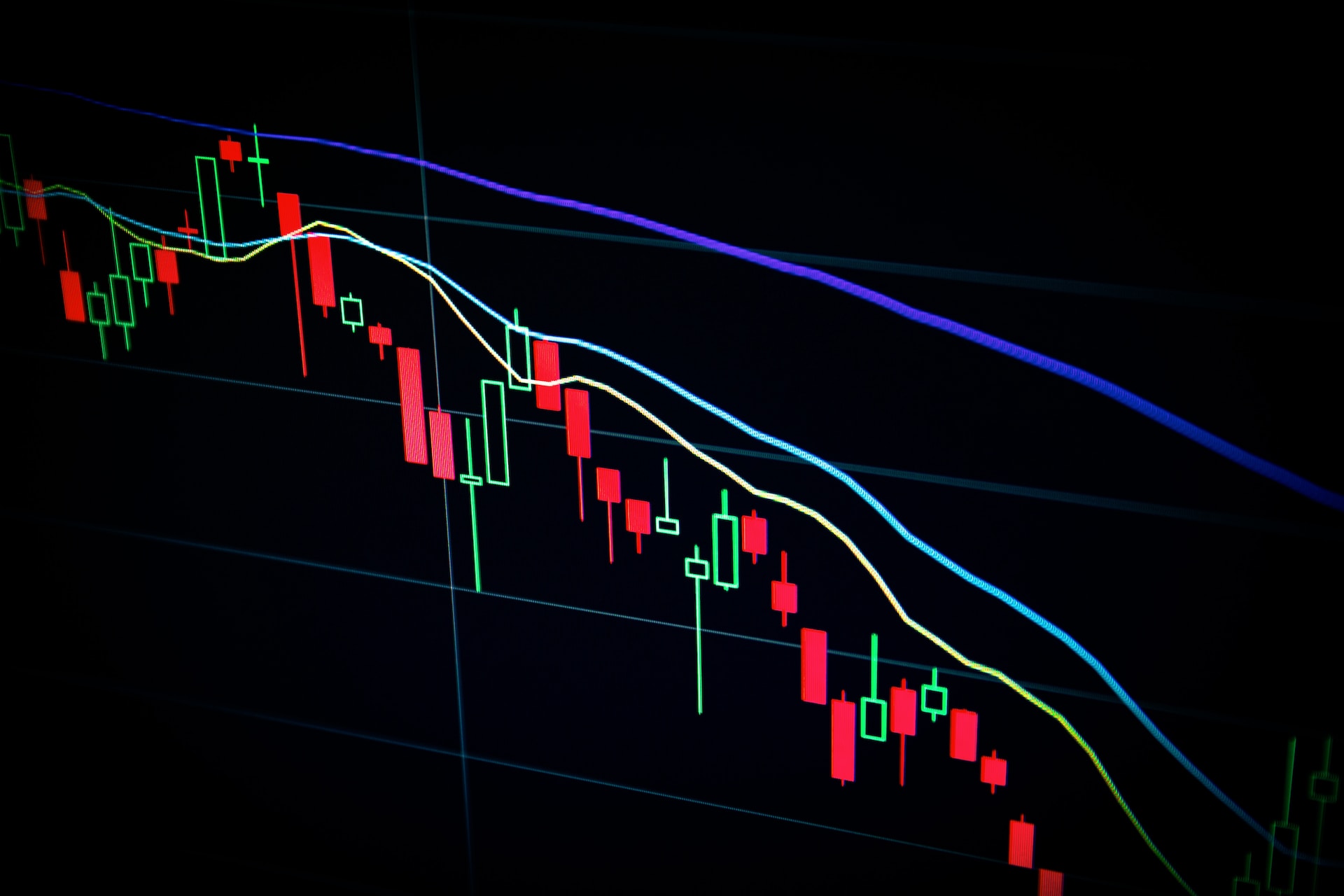Trading biases refer to systematic patterns of deviations from normative behavior in financial decision-making. In other words, they are the mental shortcuts or cognitive processes that can cloud judgment and lead to irrational trading or investment decisions. Understanding these biases is essential for traders and investors as it can help them recognize and overcome irrational behaviors that might negatively affect their portfolios.
Here’s a primer on some common trading biases:
1.Confirmation Bias:
Traders influenced by confirmation bias tend to search for, interpret, and remember information in a way that confirms their pre-existing beliefs. For example, if they believe a particular stock is a good buy, they might only pay attention to positive news about that stock and ignore negative signals.

2. Loss Aversion:
Loss aversion refers to the tendency of people to prefer avoiding losses over acquiring gains. In trading, this might manifest as holding onto a losing position for too long in the hope that it will rebound, rather than cutting losses early.
3. Overconfidence Bias:
Overconfidence bias leads traders to believe they have more knowledge or superior skills than they actually do. Such traders might take excessive risks, thinking they have an “edge” over others.
4. Disposition Effect:
This bias refers to the tendency of investors to sell assets that have increased in value and hold onto assets that have decreased in value, often to the detriment of their overall portfolio.
5. Recency Bias:
Recency bias occurs when traders give more importance to recent events or data over older information. For instance, if a stock has been performing well in the recent past, an investor influenced by recency bias might expect this trend to continue, even if long-term data suggests otherwise.
6. Anchoring Bias:
Anchoring refers to the reliance on an initial piece of information (the “anchor”) to make subsequent decisions. For example, a trader might anchor to the price they originally paid for a stock and base future decisions on this reference point, regardless of current market conditions.
7. Herd Mentality:
Herd mentality is the tendency to follow the actions of a larger group, irrespective of one’s own analysis or beliefs. In financial markets, this can lead to bubbles or crashes as traders collectively rush to buy or sell.
8. Gambler’s Fallacy:
This refers to the mistaken belief that past events can influence future probabilities. For instance, after seeing a stock rise for several days, a trader might wrongly believe it’s “due” for a decline.
9. Mental Accounting:
Mental accounting involves treating money differently based on where it comes from, where it is kept, or how it is spent. For instance, a trader might be more willing to take risks with “house money” (recent gains) than with their original capital.
10. Availability Bias:
This bias arises when decisions are made based on readily available information, rather than complete data. A trader might make a decision based on a recent news article they’ve read, ignoring broader market research.
11. Hindsight Bias:
Also known as the “I-knew-it-all-along” effect, hindsight bias involves viewing past events as having been predictable. This can give traders a false sense of security in their prediction abilities.
Conclusion:
These biases highlight the fact that trading isn’t purely a game of numbers and analysis; psychology plays a massive role. Recognizing and understanding these biases can help traders make more rational decisions, safeguarding their investments and avoiding common pitfalls. It’s always beneficial to continually self-assess and use strategies like setting predefined rules, seeking out dissenting views, or using a contrarian approach to challenge one’s biases.










